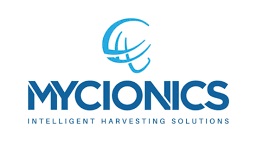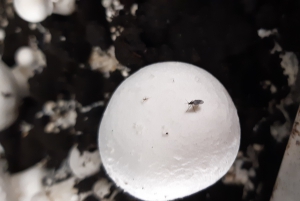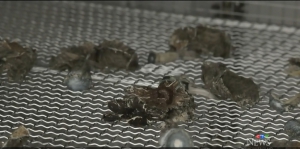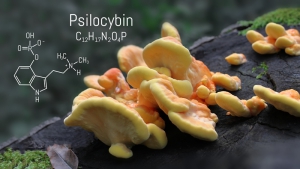Recognise, isolate and control
These three principles are the base of disease control on a mushroom farm. To my opinion there is no farm that has not a spot of disease somewhere.
But depending on what is done it will develop into a serious problem or it will stay a hidden time bomb.
If a problem is discovered it is of crucial importance that is recognised. To make sure that will happen training of people on the farm and especially pickers is needed. They are your eyes on the farm.
They need to know the most common diseases and especially in a young stage. Many places of dry bubble are not recognised and are only seen if the disease is in an almost incurable stadium. The small wart on a mushroom or grey spot is often missed.
The same goes for insects. Many growers do not know the difference between a phorid and a sciarid. Although the damage pattern is totally different, so Is the threshold where it really starts costing production. Also the cure is completely different.
Example: growers use diflubenzuron against phorids.
It is only active against sciarids.
If the disease is recognised then it should be isolated. It can be covered on the spot but the most important is to simply keep all doors closed. Check filters and door seals. If a room is infected, make sure the infection is contained in that one room and does not spread on the farm.
After the isolation the disease can be treated. If the spot is detected in an early stage one can do with just a sport treatment. If it is more the whole room should be taken on.
But too often the infection spreads and the whole farm must be treated. Generally room treatment for a full cycle with an overlap of two or three rooms to break the lifecycle of the disease.
So, just a test:
Look at the photo and spot the phorid. Or is it a sciarid?
Researchers in the field of mental health are increasingly looking to produce natural psychedelics as a treatment option, and some of the country's leading research in that field is happening in Nanaimo.
At a secret location in the Harbour City, researchers at Numinus Bioscience have spent years developing medical psilocybin mushrooms.
"We have actually created the first natural psilocybe mushroom product that has been accepted by Health Canada," said Sharan Sidhu, vice president of scientific research innovation and lab operations with Numinus Bioscience.
Please read the full article here.
Source: CTV News Vancouver Island
Let's take a magical trip!
Mushrooms we like to eat them, but there are also mushrooms that are eaten for their hallucinogenic effect. These types of mushrooms influence consciousness and are classified as tripping agents. The mushrooms are also known as Psilocybin or ‘Magic Mushrooms’. You can use it in different ways, but most make it into a dish because of the bad taste. The trip effect is caused by the psilocybin and psilocin and the effect usually starts after 15 minutes to an hour. You can also make tea so you can notice the effect earlier. The substances in the mushrooms are not physically dependent, so that means that you cannot become addicted to them. Examples of hallucinogenic mushrooms are Psilocybe cubensis, Psilocybe semilanceata, Psilocybe tampanensis and truffles. Hallucinogenic mushrooms are illegal. But because truffles are legally not covered by mushrooms, due to the fact that they grow underground, they are legally available.
More and more articles are appearing that the use of psilocin can help in the treatment of depression, anxiety, addiction or PTSD. But in many drug laws there is still much uncertainty about the legal status. In California, Georgia and Idaho they are prohibited and in Oregan during the elections, voters voted for legalization. It’s the first state where the psilocin is used for mental health treatments. Also Hawaii considers ‘Magic Mushrooms’ as medicine.
























